Description
A submersible water pump is a specialized device designed to operate underwater, commonly used for various applications such as pumping water from wells, boreholes, ponds, or other submerged sources. Here’s a detailed description of its components and functionalities:
- Submersible Design: Unlike traditional water pumps that are installed above ground and require priming to operate, a submersible water pump is fully submerged in the water source it’s pumping from. This design allows for more efficient water transfer and eliminates the need for priming.
- Construction: Submersible pumps are typically constructed from materials such as stainless steel, cast iron, or durable thermoplastics. These materials are chosen for their resistance to corrosion and ability to withstand prolonged submersion in water.
- Motor: The heart of the submersible pump is its electric motor, which is hermetically sealed to prevent water from entering and damaging the internal components. The motor is specially designed to operate underwater and generate the power needed to drive the pump’s impeller.
- Impeller: Located at the bottom of the pump housing, the impeller is a rotating component that generates centrifugal force to push water outward and upward through the pump’s outlet. The design and configuration of the impeller can vary depending on the specific application and desired flow rate.
- Seals and Gaskets: To maintain the integrity of the pump’s enclosure and prevent water leakage into the motor housing, submersible pumps are equipped with multiple seals and gaskets. These components ensure a watertight seal and protect the motor from damage.
- Intake Screen or Filter: Some submersible pumps feature an intake screen or filter to prevent debris, sediment, or other contaminants from entering the pump and causing clogs or damage to the impeller.
- Control Box (for Some Models): Certain submersible pumps, particularly those used in deep well applications, may include a control box mounted above ground. This box houses components such as capacitors, relays, and overload protection devices to regulate the pump’s operation and protect the motor from electrical issues.
- Cable and Connector: A waterproof electrical cable extends from the pump to the surface, allowing for power supply and control signals. The cable is securely connected to the pump and is typically designed to withstand immersion in water without compromising electrical safety.
- Installation and Maintenance: Proper installation and regular maintenance are essential for ensuring the optimal performance and longevity of a submersible water pump. Installation usually involves lowering the pump into the water source and securing it in place, while maintenance tasks may include cleaning the intake screen, inspecting seals and gaskets, and checking electrical connections.
- Applications: Submersible pumps are widely used in various industries and applications, including residential water supply, agricultural irrigation, groundwater dewatering, wastewater treatment, and industrial processes. Different models are available to suit specific requirements, such as flow rate, head pressure, and fluid compatibility.
Overall, a submersible water pump is a reliable and efficient solution for pumping water from submerged sources, offering high performance, durability, and versatility for a wide range of applications
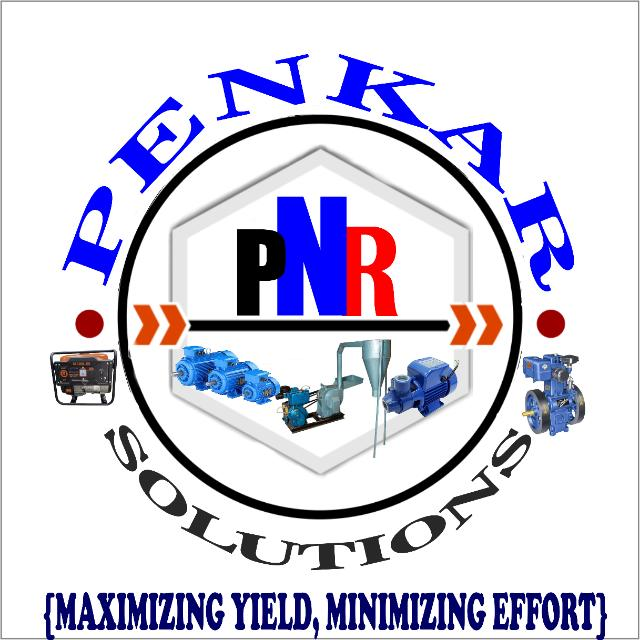
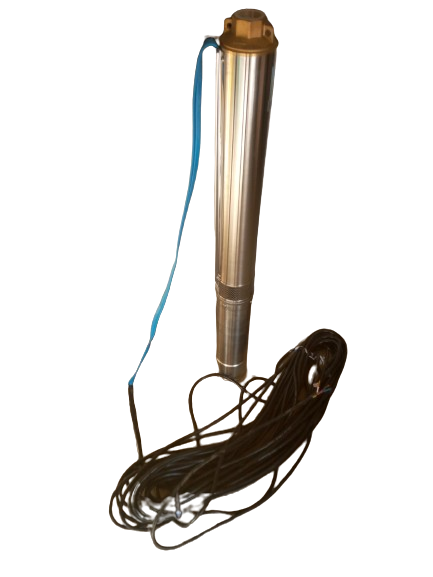
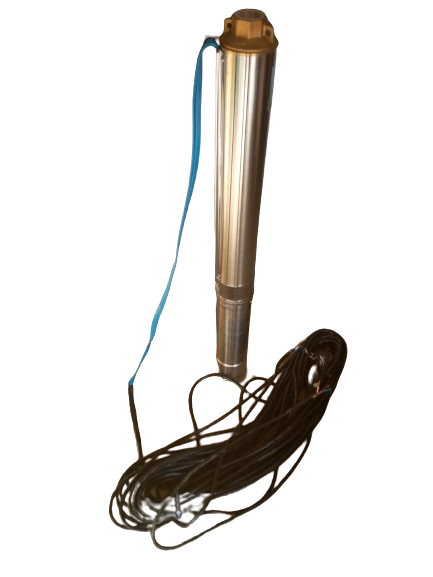
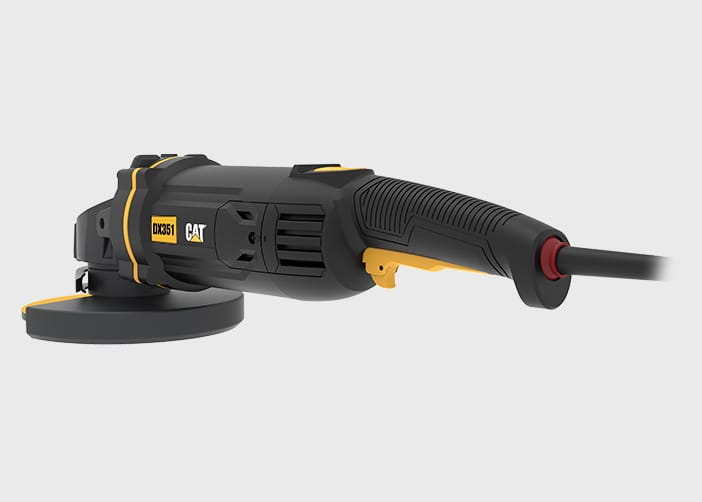
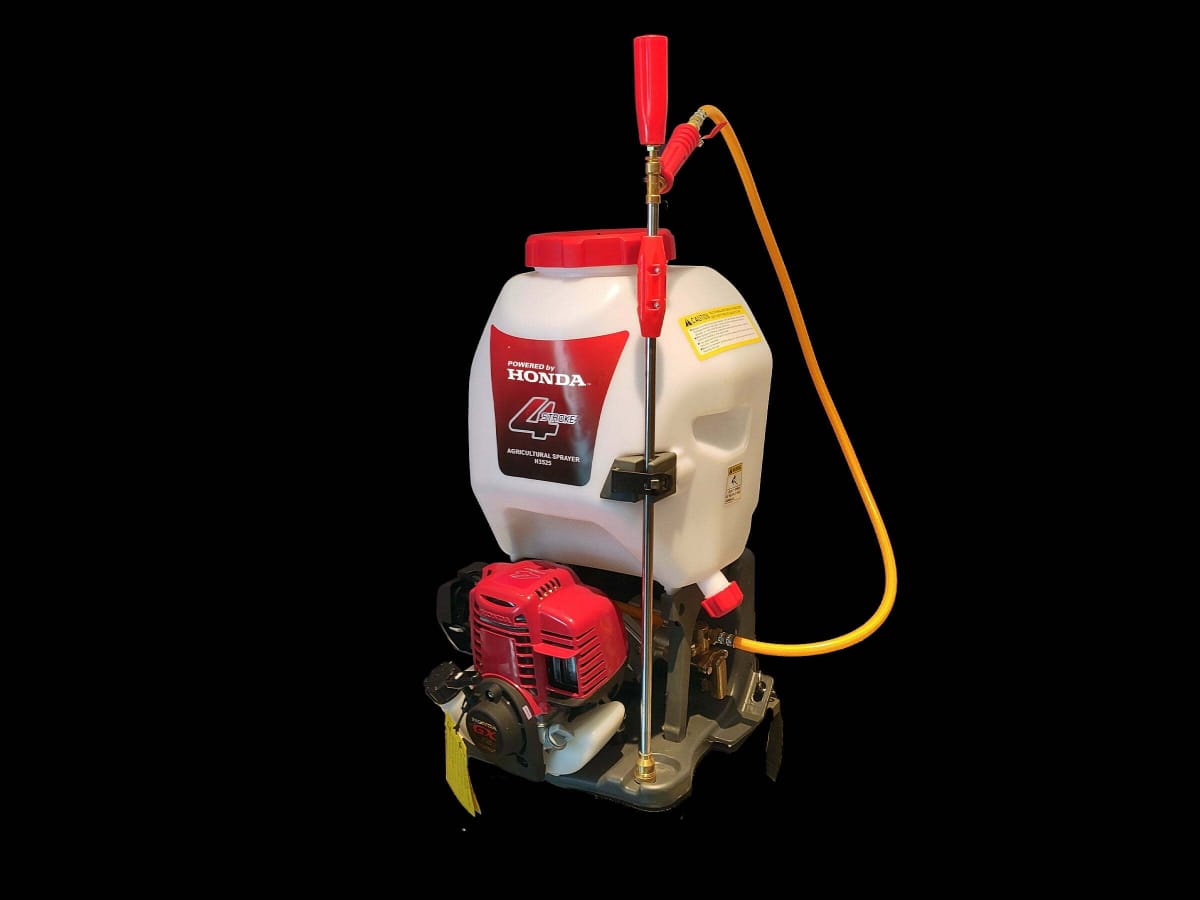

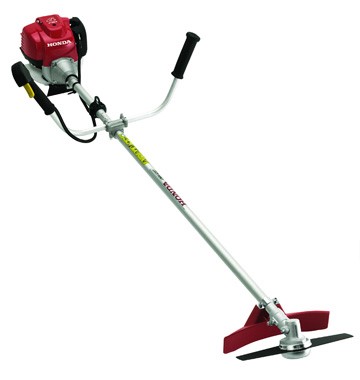
Reviews
There are no reviews yet.